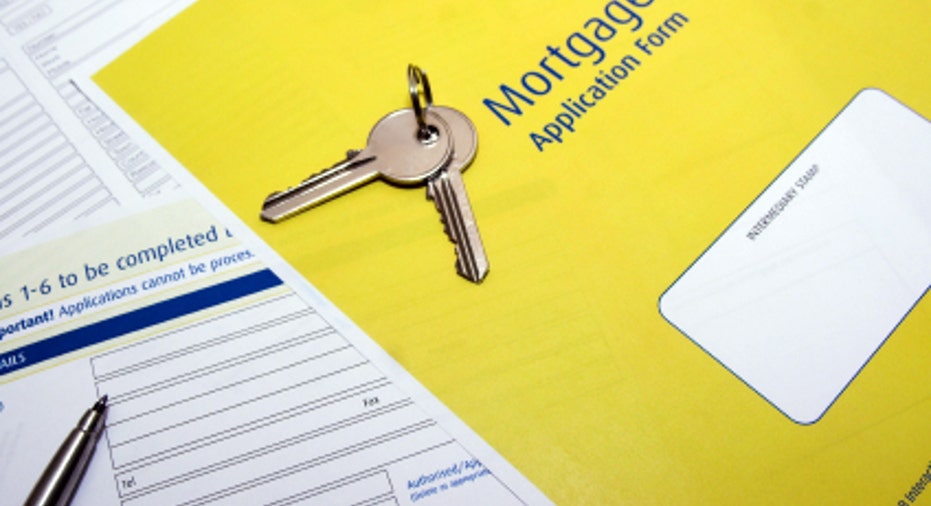Five Ways to Gain From a Mortgage Refinance

Editor’s note: Dale Robyn Siegel is an attorney who represents clients in foreclosure matters. She is also the president of a mortgage company in New York.
There are lots of reasons to refinance a mortgage, and not all of them are solely about reducing your monthly payment. Here are five ways to benefit from the lowest mortgage rates in decades.
Cut Rate and Term, but Not Payment
If you can handle the same monthly payment (or even a little more), consider reducing the term of the mortgage when you refinance. With rates so low, you might be able to get the same payment for a 20-year loan as your current 30-year mortgage. Shorter terms mean lower rates.
Chris Noke, a Manhattanite and a client of mine, traded in his 30-year fixed mortgage of $315,000 at 5.75% for a 20-year fixed-rate mortgage at 3.625%. His payment went from $1,838.25 to $1,847.17 (almost the same), but he eliminated eight years of interest.
Had Chris refinanced into a 30-year loan, his interest rate would have been 4%, and his payment would have shrunk to $1,503. He would have saved $300 per month, but his total interest payments over the life of the loan would have been higher.
Extract Equity
If you have big expenses in your future -- tuition, medical treatment, or a family event (not a boat or a beach house) -- you can borrow while rates are low. While refinancing your current loan, see what borrowing a few extra bucks would do to the payment.
Brad of Long Island, N.Y., refinanced his 30-year fixed-rate mortgage, halved the number of years, took out an extra $30,000 to cover his son's future tuition and increased his mortgage payment by $211 a month.
Get Rid of an ARM
Change from an adjustable-rate mortgage, or ARM, to a fixed-rate loan while the rates are low, even if it means sacrificing a lower payment.
Adrianna has a condo in Manhattan with a 5/1 ARM at an awesome 2.875%. Her original mortgage amount is for $350,000, but she has paid it down to $280,000. Her monthly payment is $1,500, but the party is set to end in December 2013. Now, 20 months before the rate adjusts, she is applying for a $280,000 fixed-rate loan at 4% with the same monthly payment. By refinancing at the reduced loan amount, her monthly payment stays the same for the balance of the loan term.
Merge First and Second Mortgages
If you have two mortgages that, combined, are less than 80% of the value of your home, try a cash-out refinance to pay off the second loan. Your monthly payment will increase because you are paying more than just interest on the second mortgage, but if the prime rate goes up in a few years, you will benefit.
If the value of the home decreased and you have less than 20% equity, a cash-out refinance can be difficult to do. But you can refinance the first mortgage for 80% of the appraised value, and if you have cash left after paying off the first mortgage, you can repay part of the outstanding balance of the home equity line of credit. Then you can ask the HELOC lender to reduce your credit limit. A good loan officer can walk you through this tricky process.
Splitting a Jumbo Loan
Jumbo mortgages -- in most places, home loans for more than $417,000 -- tend to have higher interest rates. To save money on a refinance of a jumbo mortgage, consider splitting the loan into two.
In this scenario, the first mortgage is no higher than $417,000, and the second mortgage is a home equity line of credit. This loan structure especially benefits borrowers who can pay down the HELOC in fewer than 10 years. By paying down the HELOC within a decade, they are left with a low-rate first mortgage.
One caution: If you want to refinance a jumbo loan into a $417,000 first mortgage and a line of credit, you'll find that most lenders will require you to have 20% equity or, in some cases, 15% equity.



















